The popularity of vaporization has left little time for conversation on the art of rolling. However, this minimalist, easily accessible, tried-and-true consumption method still reigns supreme globally. The creative potential and skill required to craft a functional roll is celebrated among many cannabis enthusiasts.
Defining joints, blunts, and spliffs

If you’re new to cannabis, there are three broad categories that rolls fall under: joints, blunts, and spliffs. Each can be defined by their content (cannabis-tobacco ratio) as well as the rolling material, tobacco, hemp, etc.
What is a joint?
Joints are arguably the most iconic way to consume cannabis. Small and portable, you can take them anywhere and spark up where you please.
They consist of cannabis rolled up inside a thin rolling paper that is usually white, but novelty papers come in all colors and flavors. Papers can be big, small, made out of hemp, rice, paper, etc. There are all kinds of variants.
Joints often have a crutch, or filter, which adds stability to the roll and allows you to smoke your joint to the end without burning your fingertips.
What is a blunt?
A blunt is a roll with cannabis inside a cigar or blunt wrap. These wraps are made out of tobacco, which adds a buzz and energy to your cannabis high.
Typically, they’re bigger than joints and last a lot longer.
What is a spliff?
A spliff is like a joint, but it has tobacco and cannabis mixed together in a rolling paper. They usually have more tobacco than a blunt, so will have even more of the energetic, buzzy effects of tobacco. Spliffs usually have crutches too.
Spliff smokers can alter the ratio of cannabis and tobacco to their preference—lots of cannabis with a little tobacco, lots of tobacco with a little cannabis, or somewhere in between.
The paper differences between joints, blunts, and spliffs

Paper choice is important to your smoking experience; it’ll impact the amount of weed you need (the size of the paper), the flavor (tobacco papers are notably sweeter than hemp paper), and burn (thicker papers tend to burn slower than thinner papers).
Papers and blunt wraps can be flavored, but they aren’t for everyone. Some consumers think flavored papers meddle with the complex tastes and aromas of cannabis, while others are loyal to specific brands because of their distinct flavor additives (this is more common among blunt aficionados).
Consumers also choose papers based on rolling ease and functionality. The best papers don’t tear, seal seamlessly, handle well between your fingers, and burn uniformly. Nothing is a surer sign of a failed roll than a joint that runs, i.e., burns lengthwise along one side.
Global preferences for joints, blunts, or spliffs

The popularity of joints, blunts, and spliffs varies regionally, reflecting cannabis culture in different areas across the globe. Spliffs are predominant in Europe, where joints are commonly seen as wasteful. However, this has the potential to change as cannabis prevalence and accessibility rises.
Smokers in the US are more inclined to roll joints than spliffs, possibly in part due to adverse health effects of tobacco.
Global differences in terminology are also interesting to note. In Europe, for example, names are reversed: A joint refers to a roll with cannabis and tobacco, whereas a spliff refers to rolled cannabis exclusively. This is because a “joint” is a combination of two items instead of just one.
Finally, it’s important to note that joints, blunts, and spliffs are only the beginning. The landscape is expansive and the room for artistic creation is vast. This can mean multiple connected rolls (like a cross joint), or a simple, pristine cone that showcases your dexterity and precision. What do your rolls look like?

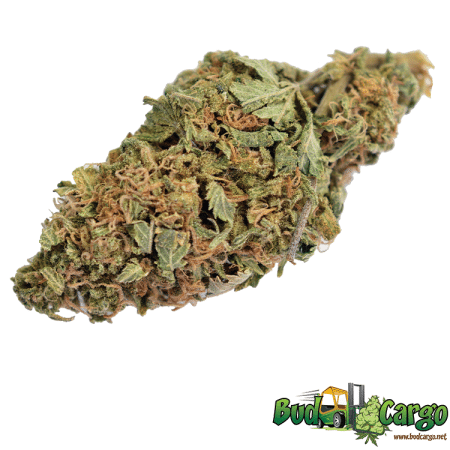
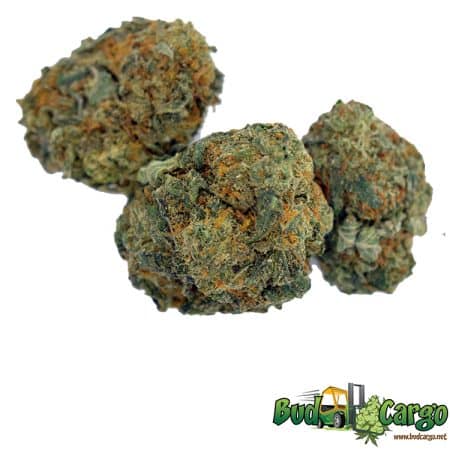
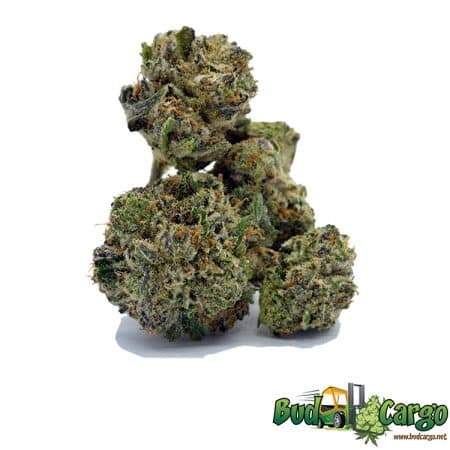
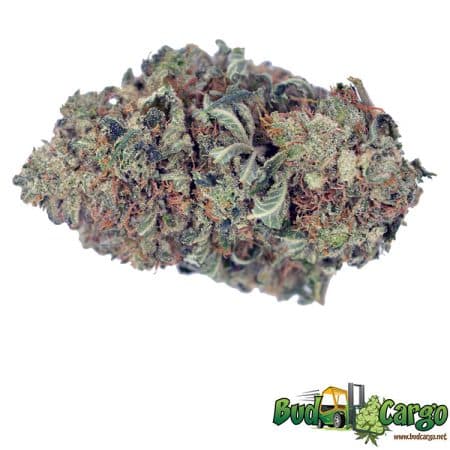
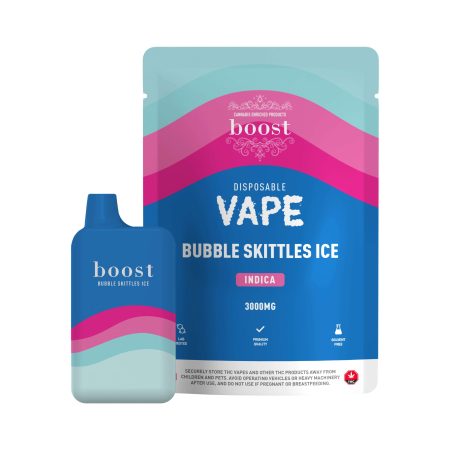
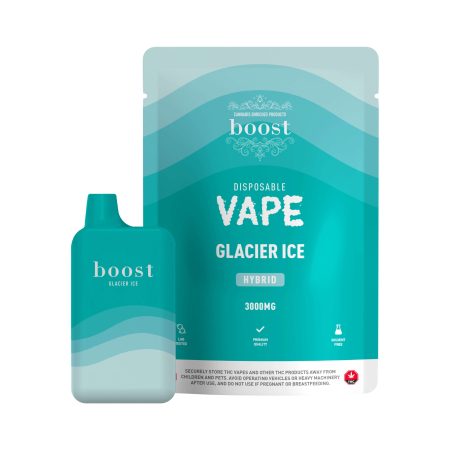
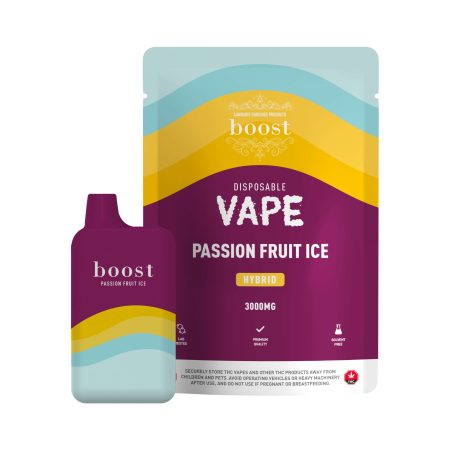
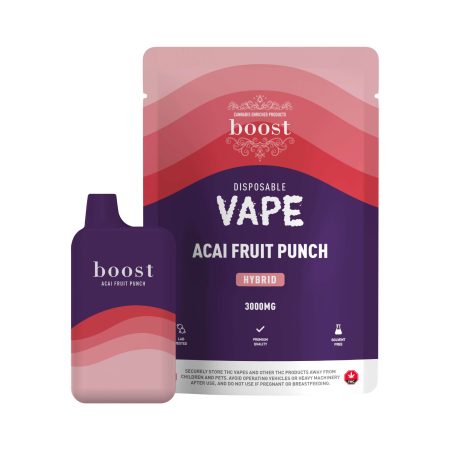
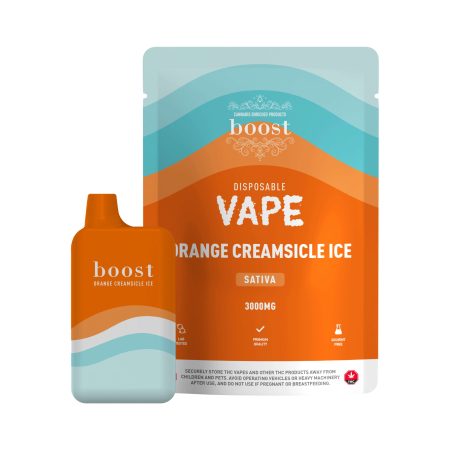
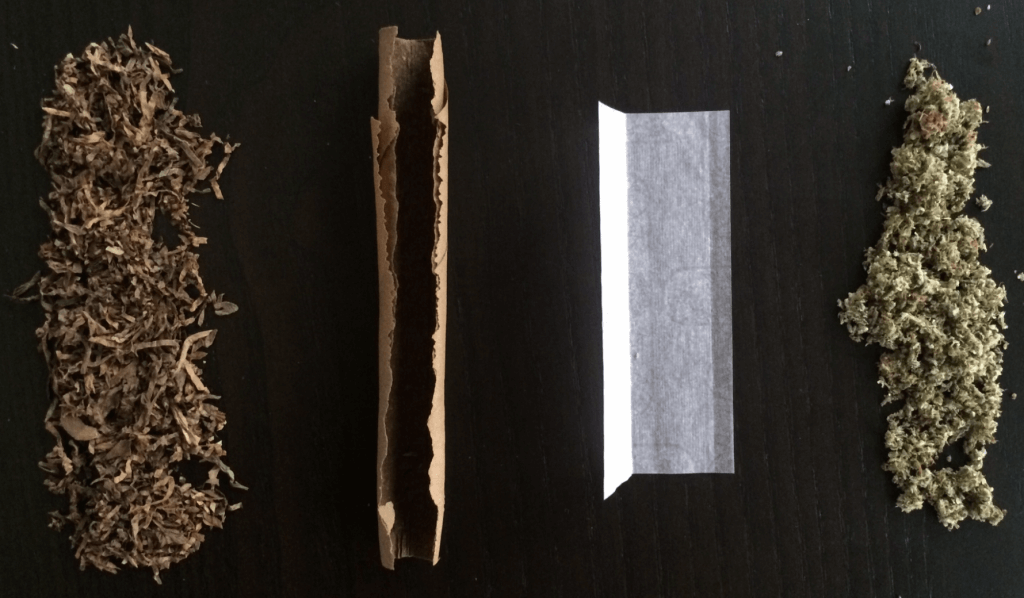
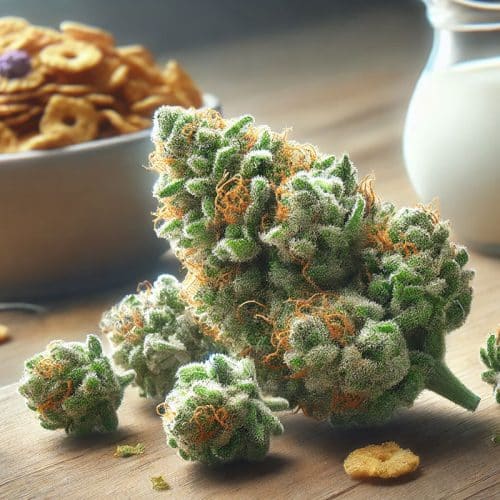
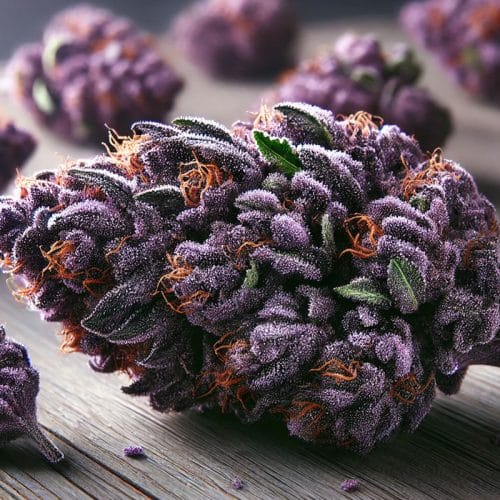
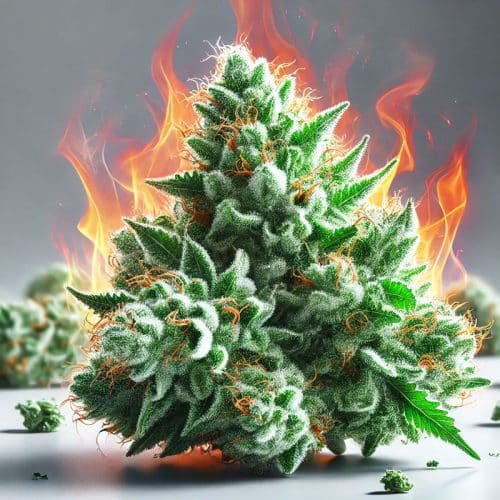







You must be logged in to post a comment.